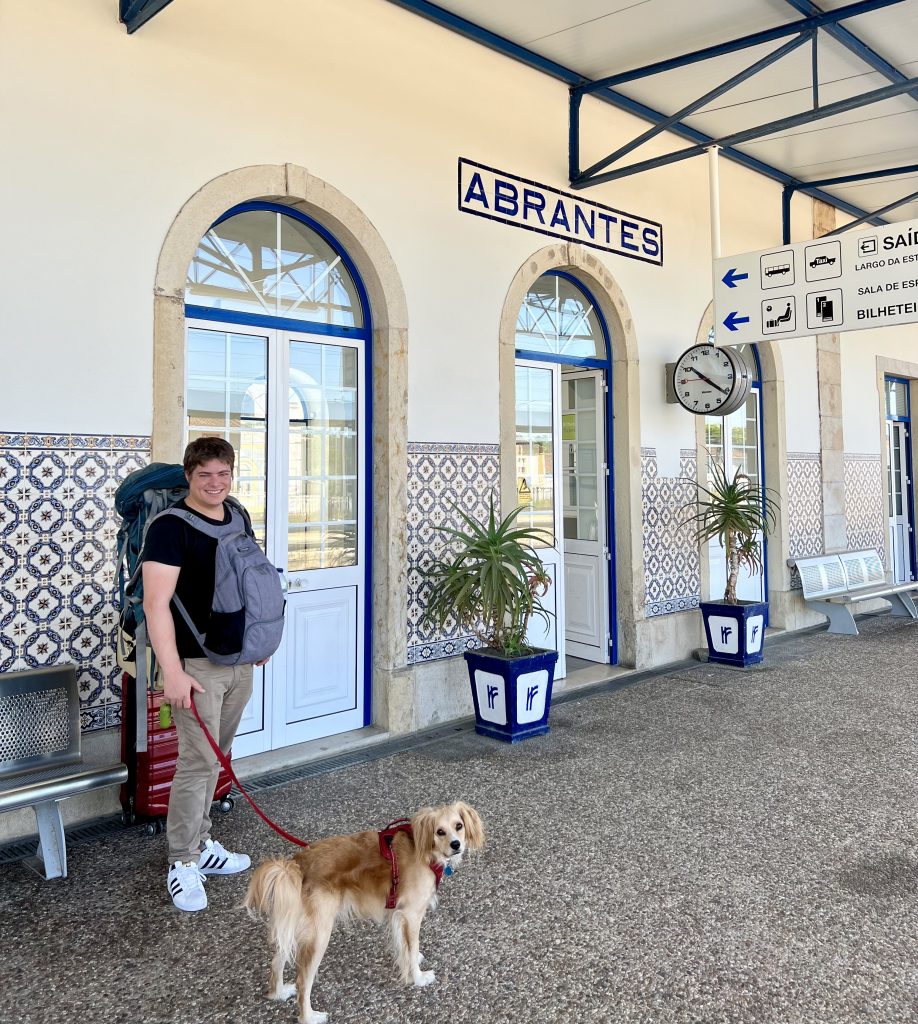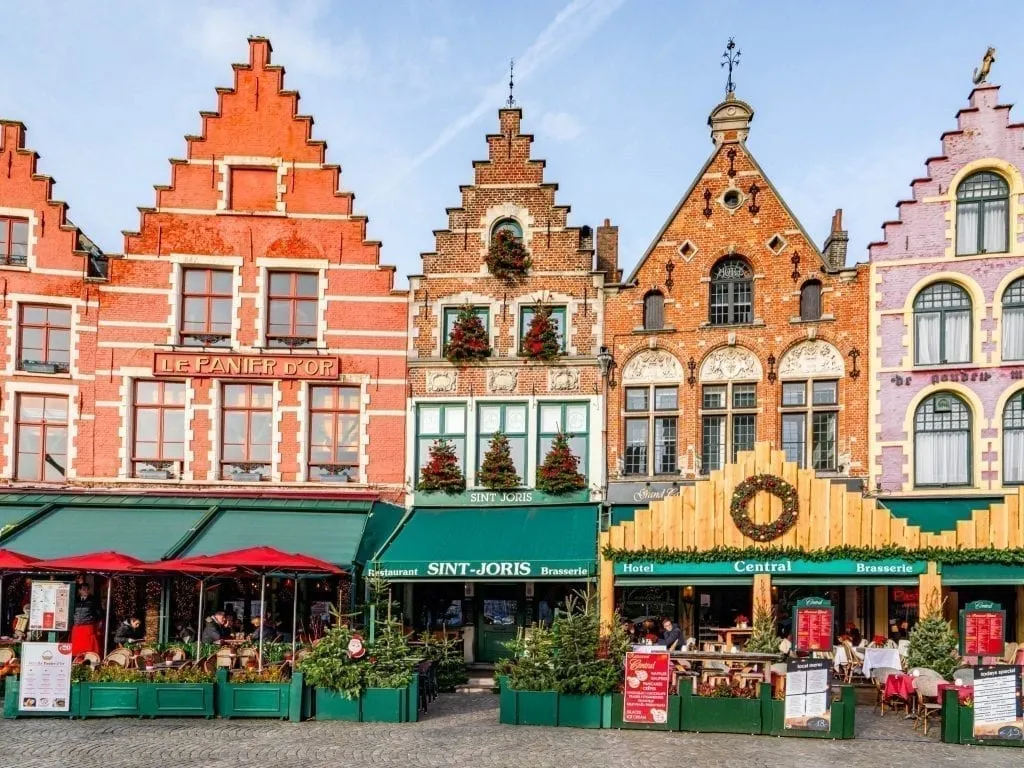High-speed trains/Long-distance trains
These are train journeys that cover long distances within a country (e.g.: from Florence to Venice) or cross borders (e.g.: from Paris to Amsterdam).Since each country operates its own train system (often with options for national carriers and private transport companies combined), booking tickets between countries may mean changing train companies in a city near the border.
For example: when we traveled from Paris to Venice by train, we took the French SNCF train from Paris to Turin, Italy, then switched to the Italo-branded train in Italy to travel from Turin to Venice – all booked on the same ticket.
These long-distance and high-speed journeys are a primary focus of this guide on how to travel Europe by train.

Scenic trains
These are trains, technically public transport, often used as tourist attractions for sightseeing purposes and priced accordingly.Examples include the Glacier Express or Schynige Platte in Switzerland or the Jacobite Steam Train (also known as the Harry Potter train) in Scotland.

Sleeper trains
Technically, sleeper trains are not a separate type – they are simply long-distance trains with sleeper cars – but they deserve special mention in this guide to train travel in Europe as they are particularly appealing to travelers.Sleeper trains are not only a fantastic way to save on hotel costs for a night during your journey but can also provide a true travel adventure!

Types of European Train Tickets
Before you start looking for train tickets, there are some terms you need to familiarize yourself with:First Class and Second Class Tickets
When traveling by train in Europe, you often have the option of choosing between first class and second class tickets.Buying first class tickets usually comes with slightly larger seats, sometimes with better seating options when you can't get in second class (both vary depending on the train company), and may include a small snack like a bottle of water and a pack of cookies.
In previous years of travel, we never considered these perks worth the price – but I have to admit that, as we started traveling with more luggage and most importantly our dog Ranger, we began splurging on first class cabins more often.
The extra space can certainly be beneficial if you're bringing more than one suitcase!
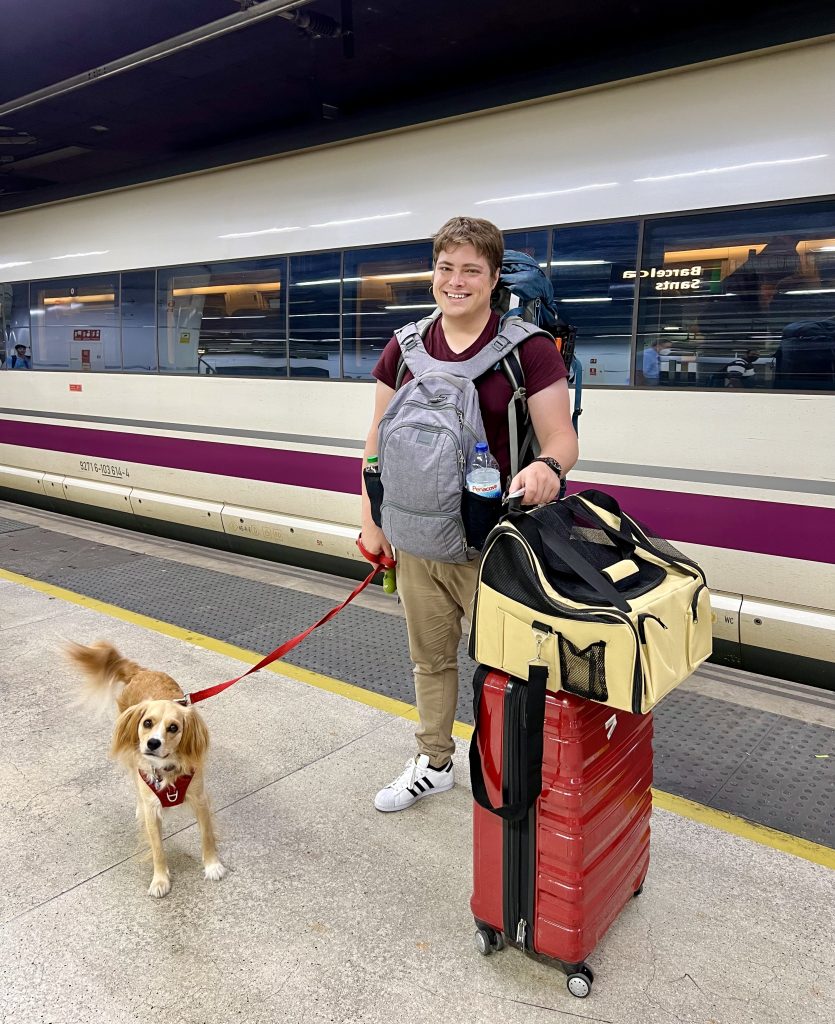
Ranger certainly appreciates the extra legroom in first class!
Variable vs Fixed-Price Tickets
Variable-price tickets, as the name suggests, tend to increase in price as your travel date approaches.These tickets are commonly used for high-speed and long-distance trains and will be the most common ticket type you encounter when traveling between countries by train in Europe.
Fixed-price tickets are typically for regional trains (also known as "slow" trains) and can be booked at any time – so you can simply go to the station and purchase them from a kiosk without any issues.
For example: if you travel from Florence to Bologna on a high-speed train, it will take about 30 minutes, and that ticket is variable-priced.
If you use a local train that takes about an hour, the price will be fixed and you can buy a ticket at any time.

How to Buy Train Tickets in Europe
When traveling around Europe by train, one of the first things you need to figure out is exactly how to buy European train tickets and where to do so – and you have many options!Here are various ways to obtain train tickets in Europe.
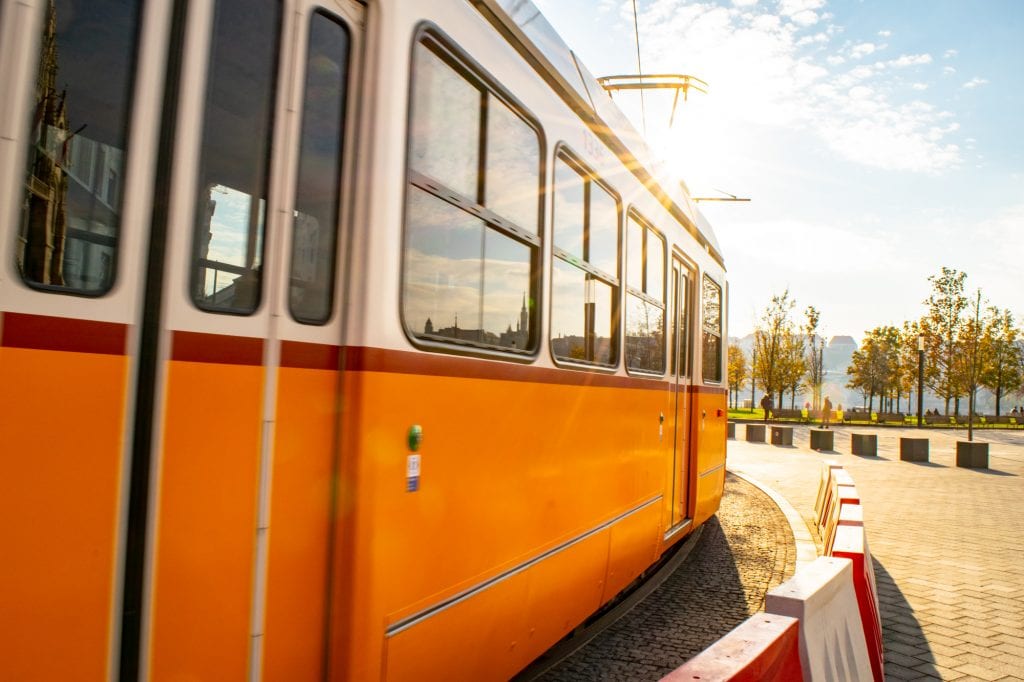
Online (Through Third-Party Websites)
Third-party ticket booking websites are extremely helpful when preparing to travel Europe by train, especially if you plan to travel between countries.We use and recommend Omio, an app that allows you to easily compare prices across different routes, showing you the most efficient routes and enabling you to book trains throughout Europe without worrying about language barriers, poorly translated national websites, or payment issues (some company websites struggle to process foreign credit cards).
Omio is a ticket aggregator app that searches multiple companies and routes simultaneously, making it very convenient for checking train schedules and possible routes as well as booking tickets!
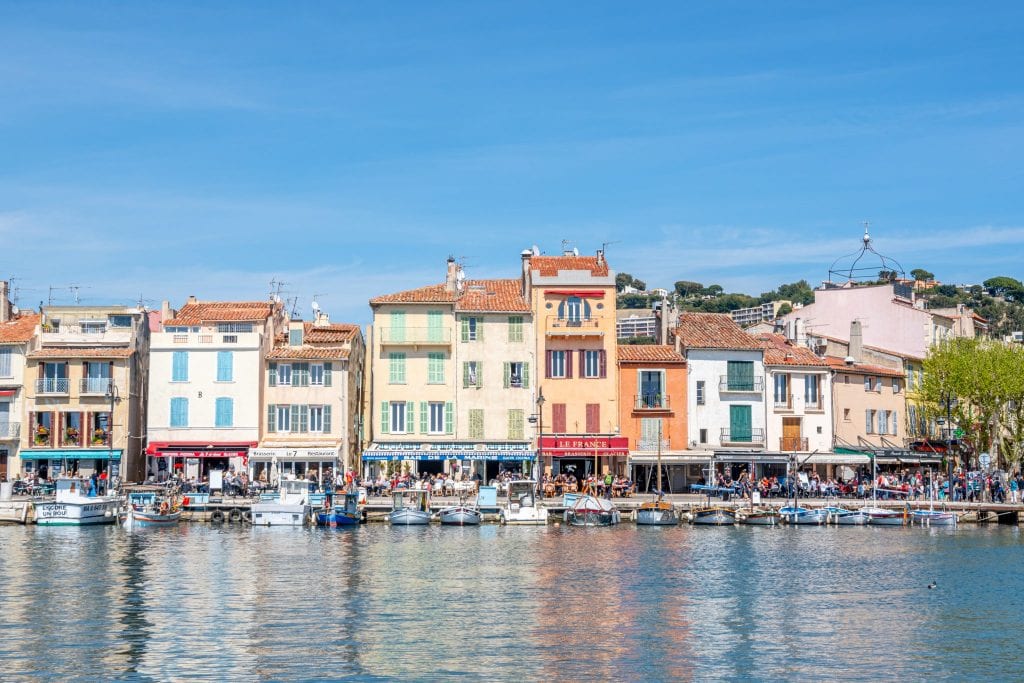
Online (Directly through the Company)
Alternatively, if you are looking for the best deals possible, you can book tickets online through the direct websites of most countries in Europe.For example, here are the websites for the national train companies in Italy, France, and Germany.
We tend to book directly whenever we travel domestically in a place we are very familiar with, such as Italy.

At the Train Station
If you are traveling a short distance on regional or commuter rail (like a day trip), you can also purchase tickets directly at the train station.When buying train tickets directly, we recommend using the kiosks available whenever possible.
They not only tend to have language options that make things much easier but also tend to take a fraction of the waiting time in line for a person to help you directly.

With a Rail Pass
The final option for purchasing train tickets to travel Europe by train is to do so immediately with a Eurail pass (for non-European residents) or an Interrail pass (basically the same, but for European residents).Essentially, a Eurail pass allows you to pre-purchase certain trains (or an unlimited number), granting you more freedom during your journey.
However, there are still limitations – for example, some routes still require advance reservations and may charge extra fees.
Generally, the average user tends to spend more on train travel in Europe when they have a pass than without one.
However, there are instances where a rail pass makes sense, so if you are planning to take multiple train journeys in Europe, especially in the West and parts of Central Europe, be sure to run the numbers to see if rail tickets in Europe make sense for you!
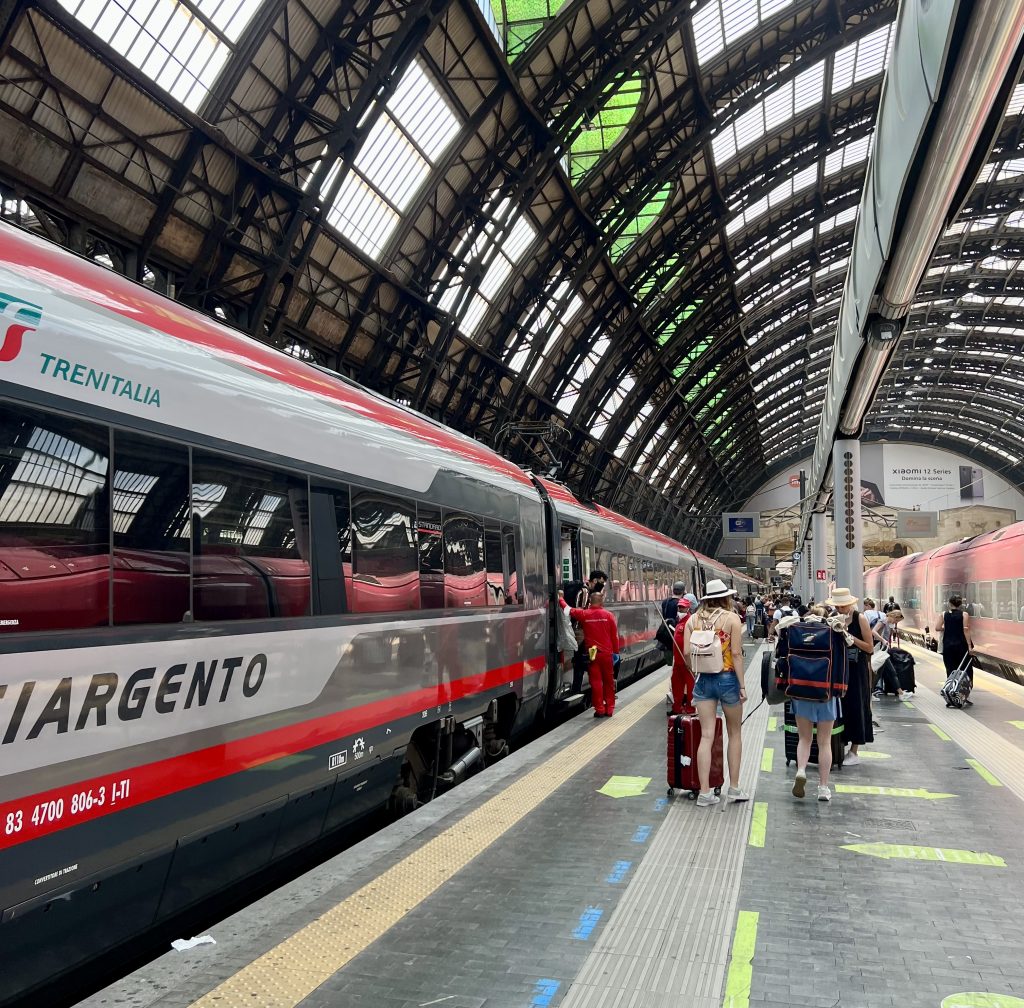
Last edited:




